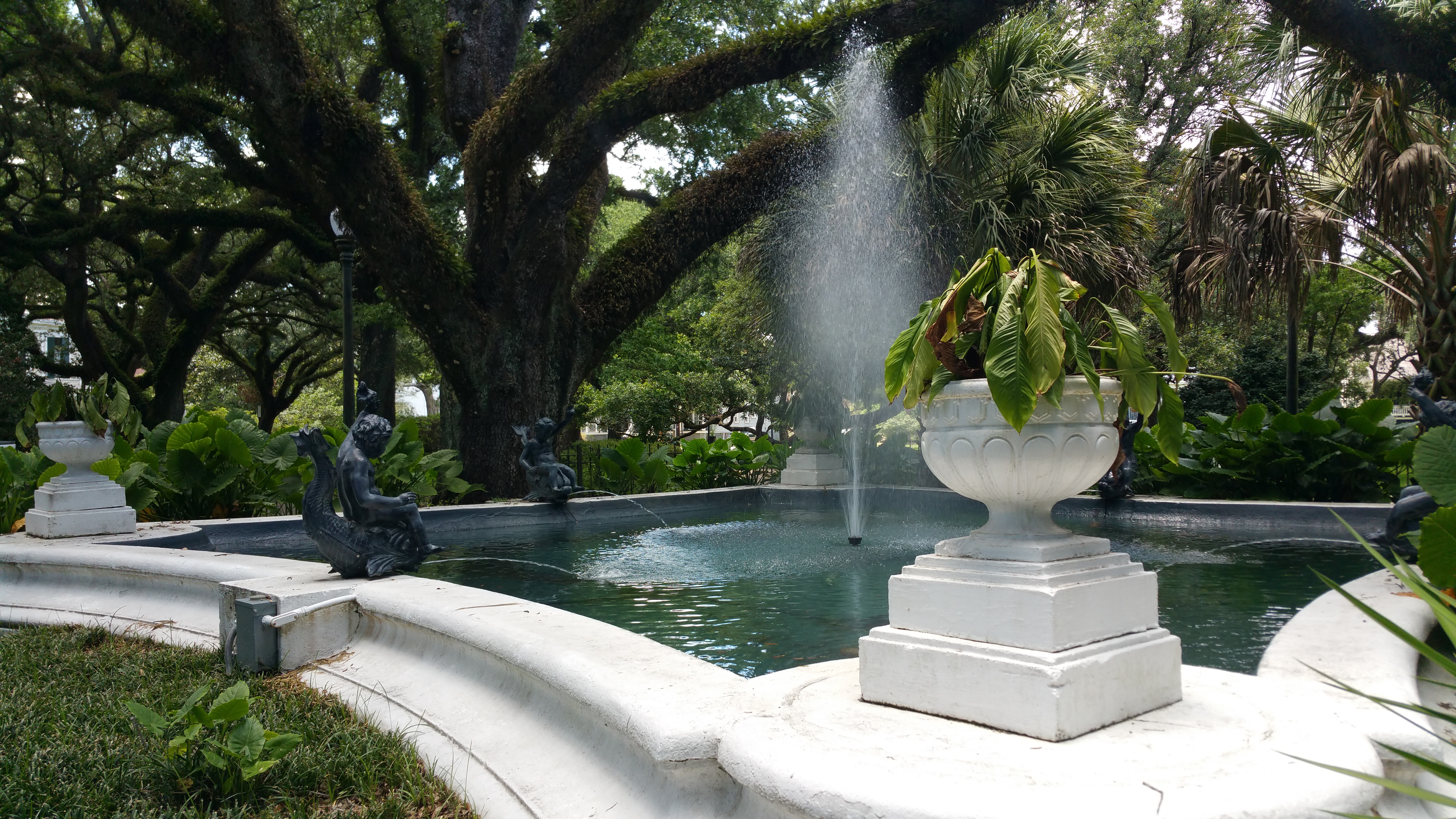
Mobile, AL
Some cities you set out to visit, and some you just end up stumbling upon. I never knew I wanted to visit Mobile, Alabama. I actually had never given the city any thought at all. That was just ignorance on my behalf, because it is quite a charmer. It has everything you could want in a Southern city: leafy oaks, shaded squares, and beautiful architecture.
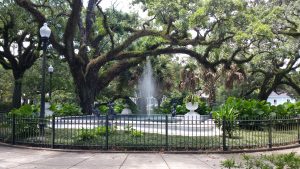
Mobile, Alabama is one of the oldest cities in the United States. Although Spanish explorers had sailed into Mobile Bay as early as 1500, the city itself was not established for another 200 years. In 1702, French brothers Pierre Le Moyne d’Iberville and Jean-Baptiste Le Moyne, Sieur de Bienville laid claim to the area as the capital of French Louisiana. At the time Bienville was the governor of French Louisiana, but he is perhaps better known as the founder of the great city of New Orleans. Several severe disease outbreaks and floods forced Bienville to relocate the town several miles downriver from its original location in 1711, to its present location.
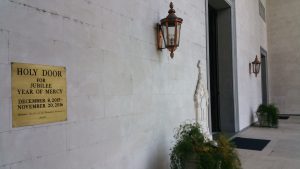
By 1719, France found themselves warring with Spain, and Mobile found itself on the battlefront. The capital was hastily moved to Biloxi, then three years later to the newly established settlement of New Orleans. Over the next century, Mobile was far from a peaceful place. By 1763 the city had been ceded to England under the terms of the Treaty of Paris, which had ended the French and Indian War. The Spanish then captured Mobile during the Revolutionary War, holding onto it until 1813, when it was was captured by the United States, a delayed result of the War of 1812.
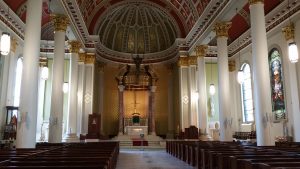
So needless to say, it is a city full of history. Clearly all the European influence has left a mark on the city. In addition to the leafy squares, there is no shortage of grand architecture. Among the most beautiful is the Cathedral of the Immaculate Conception, a stunning Greek Revival structure, which took almost 50 years to complete. The parish itself dates back to the city’s founding, but it was not until Mobile was elevated to a diocese that a more substantial house of worship was proposed.
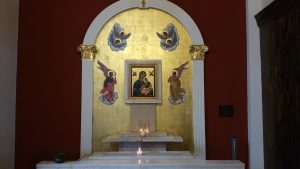
Designed in 1833 by Claude Beroujon, construction of the traditional Roman basilica started in 1835. Just two years later the Panic of 1837 brought construction to a halt. The cathedral was finally consecrated in 1850, however Beroujon’s plans were not fully realized at that time. It would be another twenty years before the classic portico was added, and an additional fourteen before the two towers were completed. It was then damaged when a Union Army ammunition depot exploded. It actually has had some pretty bad luck: one of the towers was clipped by a plane, and later a fire destroyed the sanctuary. Thankfully, nothing it couldn’t recover from, and today the church is a masterpiece.
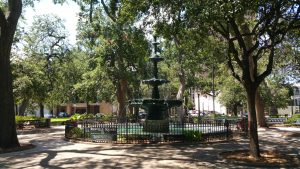
Just a short drive or walk down Dauphin from the Basilica is Bienville Square. Parking is a bit tricky, but it is worth trolling around or parking a few blocks away. Named after the founder, the square started as an Act of Congress in 1824. A large plot of land was given to the city with the proviso that it would always be used as a city park.
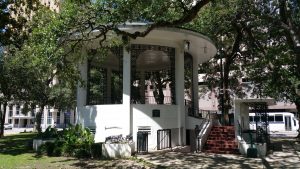
The city soon thereafter started buying up adjacent lots, and acquired the entire block by 1849. Majestic Live Oaks were added, followed by the large cast iron fountain in 1890. Today’s bandstand was added in 1941, a replacement for an earlier Victorian era structure. The square acted as the primary gathering place for city residents for over a century, until the the great suburban flight of the 1960s found the area run down and destitute. Fortunately, by the 1980s people were returning, and by the new century, urban renewal was in full swing.
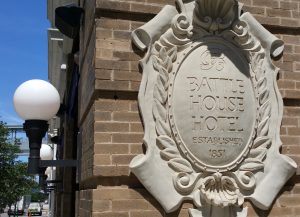
Another property to benefit from the revitalization of the downtown area was the Battle House Hotel. Built on the site of Andrew Jackson’s former War of 1812 military headquarters, the original 1852 hotel hosted several notable guests, including Stephen A. Douglas, Henry Clay, Jefferson Davis, and the one and only Millard Fillmore. Sadly, a few short years after the hotel was renovated in 1900, it suffered a devastating fire.

Following the fire, New York architect Frank M. Andrews was hired to design a more resilient steel and concrete building. From the ashes rose a cosmopolitan hotel, which continued to host visiting dignitaries such as Woodrow Wilson. The lobby contained a stunning domed skylight, while the walls and ceiling were covered by elaborate plasterwork. Also adorning the walls were several portraits of notable leaders, including Louis XIV and George Washington.

The hotel remained popular for many years, changing owners several times over the decades. In 1973 the hotel was purchased by a group of local citizens, who planned a complete renovation for the old gal. Sadly, it was not the right time to relaunch a hotel in the downtown area, and the Battle House was shuttered in 1974. While the property was added to the National Register of Historic Places in 1975, it would remain closed for 30 years. By 1980 it was the only extant building on the entire block.

But times and neighborhoods change, and by 2000 the Central Business District was experiencing a resurgence. In 2003, the Retirement Systems of Alabama, the same people that brought us the magnificent Robert Trent Jones golf trail, announced plans to invest $132 million into downtown Mobile. Their plans included the restoration of the Battle House Hotel. On May 11, 2007 the Battle House opened it doors once again. It has been beautifully restored, and the result is a stunning historic hotel filled with modern conveniences.
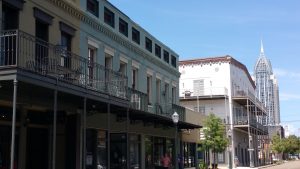
One of the most charming things about Mobile is the mixture of old and new. Dauphin street is a wonderful collection of old factories, appliance showrooms and stores, many of which have been repurposed. The juxtaposition of the old architecture and new is striking.
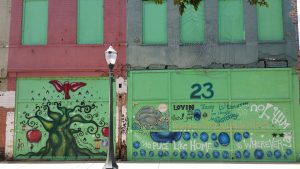
Properties on Dauphin that have yet to be rehabed serve another purpose- public art. The murals add color and life to the street, and certainly character. I was surprised at how much I enjoyed my visit, and am thankful I found my way there. You just never know where your next adventure will take you.


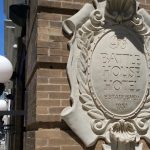



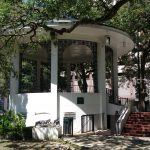



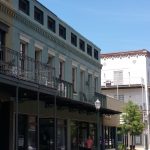




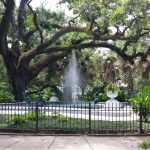



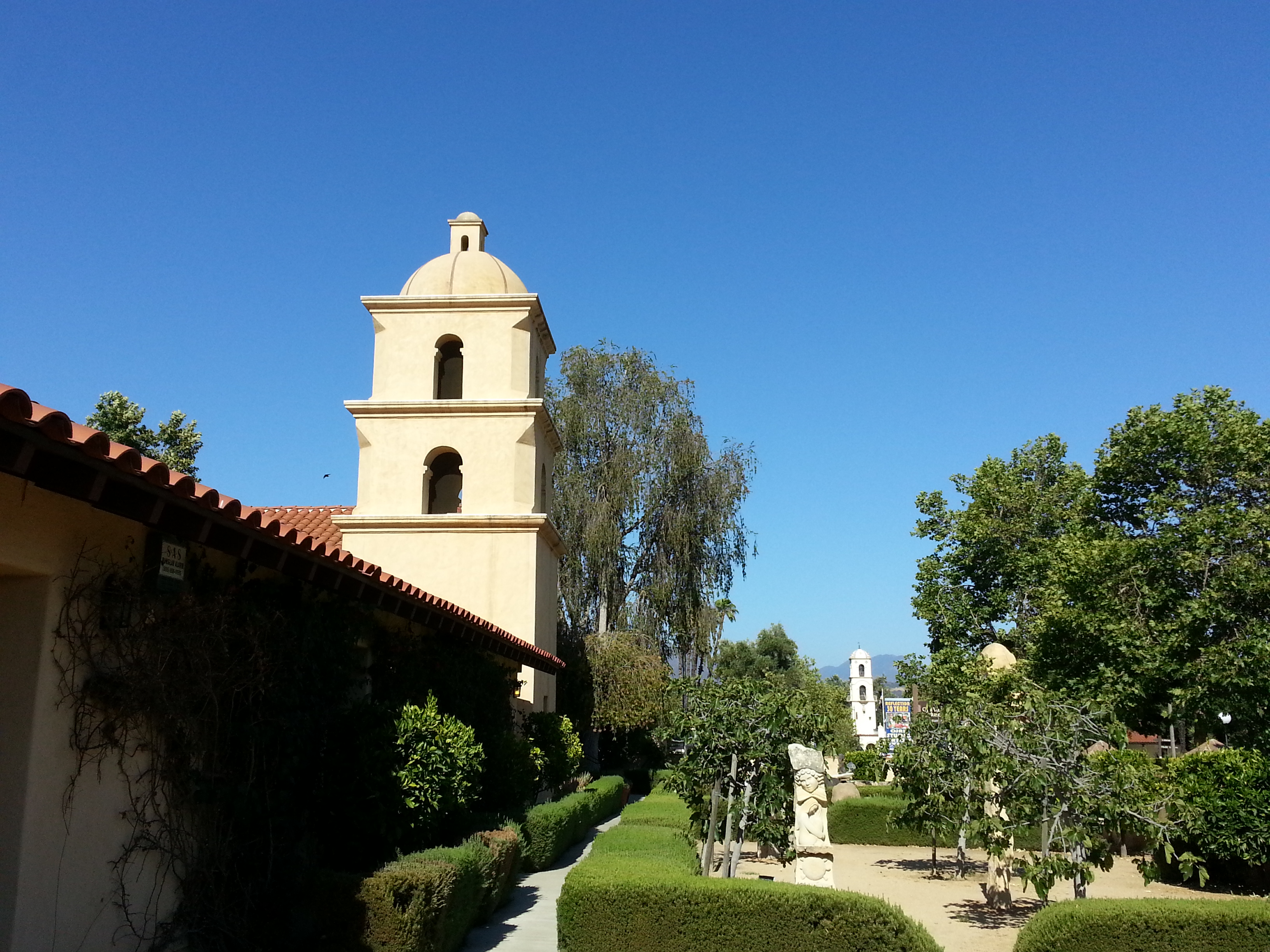

One Comment
Pingback: